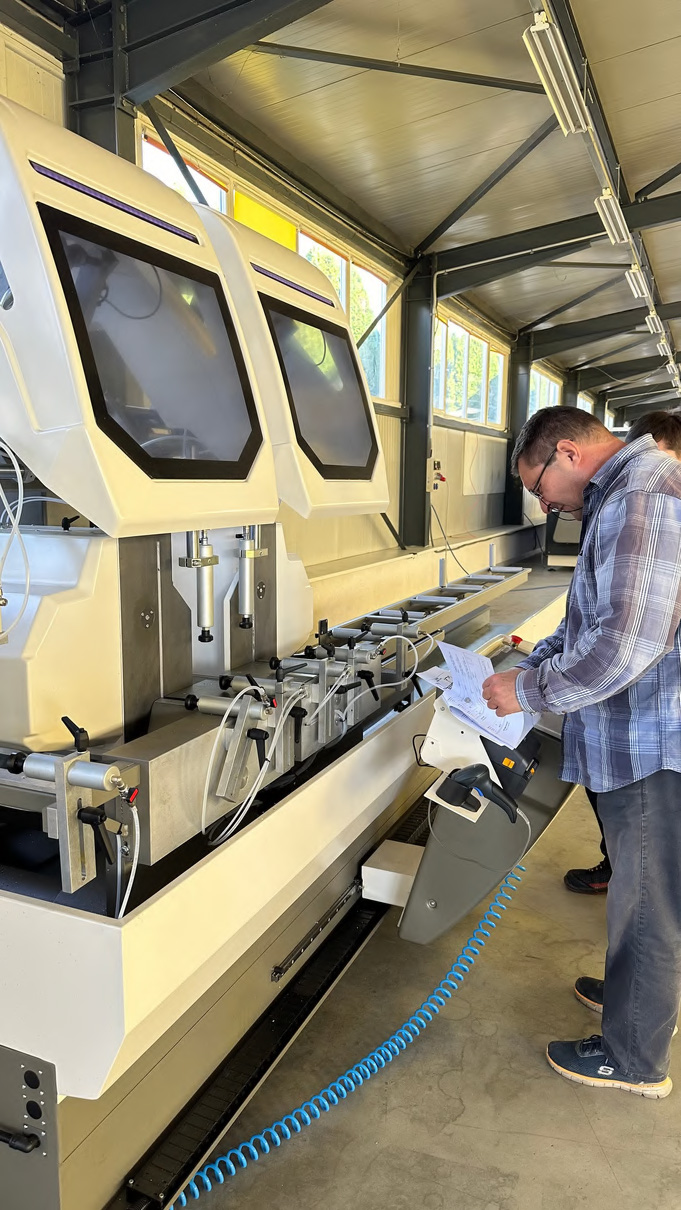How Are Aluminum Windows Manufactured?
The production of aluminum windows is a precise and multi-step process that combines advanced technology, skilled craftsmanship, and high-quality materials. Below is a detailed explanation of how these durable and stylish windows are made:

1. Aluminum Sourcing and Preparation
The journey begins with sourcing raw or recycled aluminum. Recycling aluminum is an eco-friendly option, conserving energy and reducing waste. The process includes:
- Melting and Refinement: Aluminum is melted at high temperatures to eliminate impurities.
- Extrusion into Profiles: The molten metal is forced through dies to create the specific shapes required for window frames, sashes, and tracks.
The resulting aluminum profiles are cooled and cut to the desired lengths for further processing.
2. Surface Treatments and Finishing
To improve the durability and appearance of the aluminum profiles, they undergo surface treatment. Common techniques include:
- Anodizing: A process that creates a corrosion-resistant and durable finish, often in metallic tones.
- Powder Coating: A protective layer of powder is electrostatically applied and then cured, offering a wide range of colors and textures.
- Polishing or Brushing: Aluminum is polished for a glossy finish or brushed for a matte look, adding to its aesthetic appeal.
These finishes not only protect the aluminum but also allow for diverse design options to suit different styles and preferences.
3. Cutting and Machining
Once treated, the aluminum profiles are cut and machined to fit the specific dimensions of the windows. This involves:
- Precision Cutting: Frames are cut to exact specifications for a perfect fit.
- Drilling and Grooving: Holes are made for screws, fasteners, or drainage systems, and grooves are added for seals or thermal breaks.
This step ensures the components are ready for assembly.
4. Integration of Thermal Breaks
To improve insulation, modern aluminum windows feature thermal breaks. This involves:
- Adding Insulating Materials: Non-conductive materials like polyurethane are placed between the inner and outer sections of the aluminum frame.
- Secure Bonding: The components are joined to create a thermal barrier, reducing heat transfer.
This technology significantly enhances energy efficiency, making aluminum windows suitable for a variety of climates.
5. Frame Assembly
The cut and treated profiles are then assembled into complete window frames. This process includes:
- Joining Components: Frames are put together using screws, brackets, or welding.
- Adding Gaskets and Seals: Rubber gaskets and seals are inserted to prevent air and water leaks.
- Incorporating Tracks and Hinges: Depending on the design, sliding tracks or hinges are attached to ensure smooth functionality.
6. Glass Installation
The glass is selected and fitted into the frame at this stage. Options include tempered glass, double-glazed panels, or tinted glass based on the design and customer preferences. Key steps include:
- Securing the Glass: The glass is placed into the frame and held with clips or grooves for a firm fit.
- Sealing: Weatherproof adhesives and seals are applied around the glass edges to enhance durability and prevent leakage.
7. Quality Assurance and Testing
Each window undergoes thorough quality checks to ensure it meets performance standards. This includes:
- Structural Testing: Verifying that the frames are strong and durable.
- Weather Resistance Testing: Ensuring resistance to rain, wind, and temperature variations.
- Functional Testing: Confirming smooth operation of sliding tracks, hinges, and other components.
8. Packaging and Shipping
Once the windows pass all quality checks, they are carefully packaged to avoid damage during transit. The completed windows are then shipped to suppliers, retailers, or directly to customers, ready for installation.
Final Thoughts
The production of aluminum windows is a highly technical and meticulous process. From sourcing the materials to integrating modern technologies like thermal breaks, each step ensures the creation of windows that are long-lasting, energy-efficient, and visually appealing. This approach guarantees that aluminum windows meet the demands of both residential and commercial properties while offering excellent value
